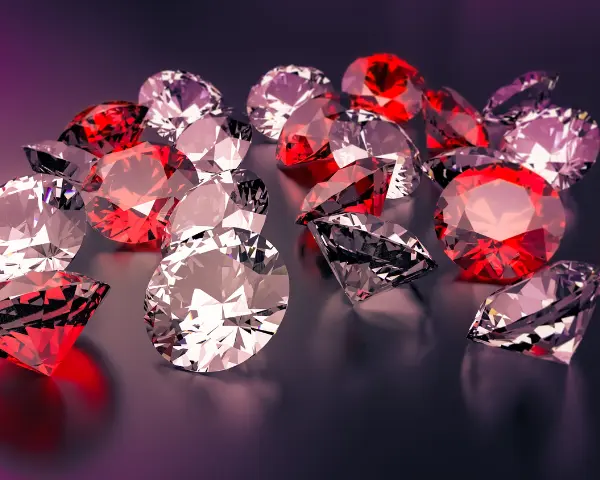Introduction: Unraveling the Mysteries of Blood Diamonds
Have you ever wondered about the true cost of the dazzling diamond on your finger? What lies beneath the sparkle and glamour? Join us on a journey to uncover the truth behind one of the most haunting realities of the diamond industry – que son los diamantes de sangre.
What Are Blood Diamonds?
Blood diamonds, also known as conflict diamonds, are diamonds mined in war zones, often by exploited labor and sold to finance armed conflict against governments. These gems are stained with the blood of innocent lives, fueling violence and suffering in their wake.
The Origin Story: How Blood Diamonds Came to Be
A Brief History of Diamond Mining
Diamond mining has a long and storied history, tracing back to ancient civilizations where these precious stones were revered for their rarity and beauty. However, it wasn’t until the 20th century that the diamond industry exploded with the discovery of rich diamond deposits in Africa.
The Rise of Conflict Diamonds
As demand for diamonds grew, so did the dark side of the industry. In the 1990s, civil wars ravaged countries like Sierra Leone, Angola, and the Democratic Republic of Congo, leading to the emergence of blood diamonds. Rebel groups seized control of diamond mines, using the profits to finance their violent campaigns, leaving a trail of destruction and despair.
The Human Toll: Victims of Blood Diamonds
Exploited Labor and Human Rights Abuses
Behind the glitz and glamour of the diamond industry lies a harrowing reality of exploited labor and human rights abuses. Workers, including children, toil in dangerous conditions for meager wages, subjected to violence and intimidation by armed groups.
Environmental Devastation
The environmental impact of lab grown diamonds mining is equally devastating. Large-scale mining operations strip the land of its natural resources, leaving behind scarred landscapes, polluted waterways, and destroyed ecosystems. The once-thriving habitats of wildlife are decimated, leaving a legacy of destruction for future generations.
The Global Response: Efforts to Combat Blood Diamonds
The Kimberley Process
In response to growing concerns over blood diamonds, the international community established the Kimberley Process Certification Scheme in 2003. This initiative aims to prevent the trade of conflict diamonds by implementing rigorous standards and certification procedures for diamond exports.
Challenges and Criticisms
While the Kimberley Process has made strides in curbing the trade of blood diamonds, it faces criticism for its limited scope and effectiveness. Critics argue that loopholes in the system allow illicit diamonds to slip through the cracks, undermining its credibility and impact.
A Call to Action: Promoting Ethical Consumption
Choosing Ethical Diamonds
As consumers, we have the power to make a difference by opting for ethically sourced diamonds. Look for reputable jewelers who adhere to strict ethical standards and support initiatives that promote transparency and accountability in the diamond industry.
Supporting Communities Affected by Blood Diamonds
Beyond purchasing decisions, supporting initiatives that aid communities affected by blood diamonds is crucial. By investing in education, healthcare, and sustainable development projects, we can help break the cycle of poverty and violence perpetuated by the diamond trade.
Conclusion: Shining a Light on the Dark Side of Diamonds
In conclusion, the story of blood diamonds serves as a stark reminder of the human cost behind the allure of luxury. As we marvel at the brilliance of these gems, let us not forget the lives lost and the communities devastated by their extraction. By raising awareness and taking action, we can pave the way for a more ethical and sustainable future for the diamond industry.
Are we willing to pay the price for beauty, knowing the bloodshed it represents?
Let us strive for a world where diamonds truly shine, untainted by the shadows of conflict and exploitation.
“Diamonds are supposed to be symbols of love, commitment, and beauty, not instruments of terror and destruction.” – Martin Sheen




